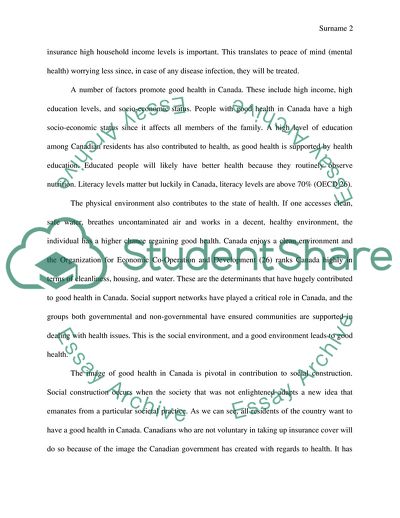Cite this document
(Good Health as a Social Construction Assignment - 1, n.d.)
Good Health as a Social Construction Assignment - 1. https://studentshare.org/sociology/1871501-essay-questions
Good Health as a Social Construction Assignment - 1. https://studentshare.org/sociology/1871501-essay-questions
(Good Health As a Social Construction Assignment - 1)
Good Health As a Social Construction Assignment - 1. https://studentshare.org/sociology/1871501-essay-questions.
Good Health As a Social Construction Assignment - 1. https://studentshare.org/sociology/1871501-essay-questions.
“Good Health As a Social Construction Assignment - 1”. https://studentshare.org/sociology/1871501-essay-questions.


